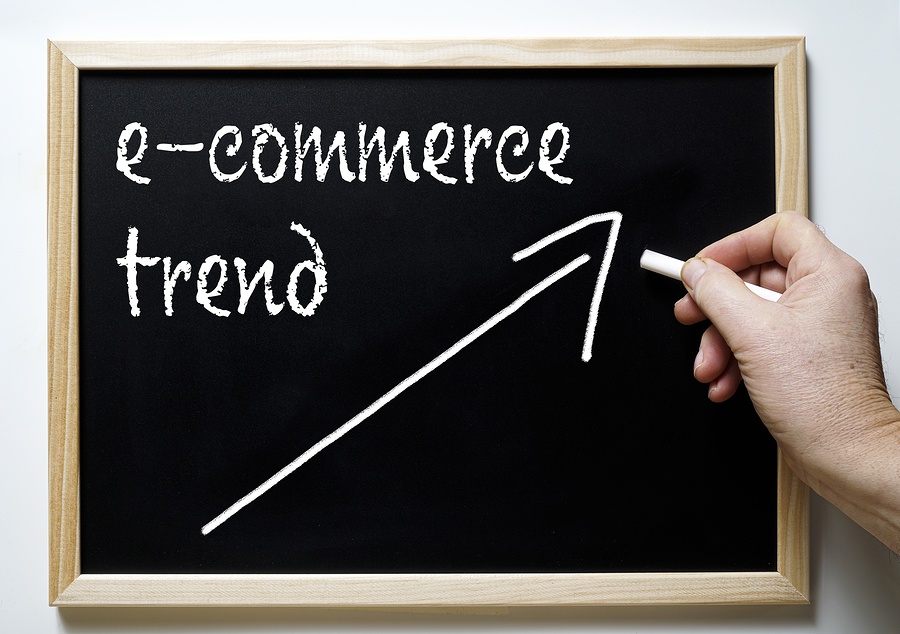Trends come and go. As a business owner, it is important to always be up to date on them. You have to make sure your company is not falling behind.
What Is E-Commerce?
The world of business is highly affected by technology. Innovations are introduced each year. Knowing how to properly use them to your advantage can help make your company stand out among the competition.
Electronic commerce, more popularly known as e-commerce, has become an important tool in business. You have probably heard of it too. You may even be among those wondering what is e-commerce all about and how it can help achieve business growth.
E-commerce refers to any transaction that occurs on the internet, but this concept does not only refer to business exchanges. It also includes activities such as online banking, Internet ticketing, online auctions, and payment gateways.
Keeping Up with the Trends
The world of e-commerce has undergone many changes over the years. From the first online shops in the 90s, the sector has tremendously grown and continues to grow today.
The year 2020 marks the start of a new decade. At the same time, it opens new possibilities when it comes to e-commerce. Perhaps your main concern right now is the future. You may want to know what to expect. Where is e-commerce going?
2020-2021 Trends to Expect
Keeping up with the latest trends can be a bit challenging. However, having an idea about what to expect may help you prepare. Here are some of the trends you can expect, according to industry experts and thought leaders.
- Augmented reality (AR) will create better online shopping experiences. Since more consumers are opting for online shopping, companies come up with ways to make it better and more memorable. AR can create a more realistic experience for online buyers.
- The use of voice search will increase. Smart speakers are starting to become more popular nowadays. Some people even rely on voice assistants to check and buy products online.
- Artificial intelligence (AI) will help in learning more about consumers. Using AI can help companies learn about consumer behavior and make better choices on how they spend on ads.
- On-site personalization will help create individualized experiences. AI can gather information about visitors to your physical shops and tailor the experience or products depending on the needs of the shopper.
- Big data will help with personalized experiences. Aside from certain online platforms, industry leaders also see the possibility of personalization in real-life experiences.
- Chatbots will contribute to the improvement of one’s shopping experience. A chatbot can help your company communicate with your target audience easily. At the same time, it gives consumers a feeling of personal attention.
- Mobile shopping will remain relevant. Mobile phones allow consumers to shop from anywhere. Providing a smoother user experience can help attract more clients.
- Consumers will have more payment options. Technological advancements open new and better payment options. Offering these can help attract more shoppers, even those from faraway places.
- More companies will adopt headless and API-driven e-commerce. Headless e-commerce allows a customer to have more control over the content and their shopping journey.
- Consumers will more likely respond to videos. The use of videos on a company’s homepage can draw the attention of potential customers. Not only can it educate your audience, but it can also help highlight your products better.
- Subscriptions will help with customer retention. Offering subscription plans comes with a lot of benefits, such as helping you maintain clients for a long time. However, experts caution that shoppers are becoming more aware of the possible financial impact of having multiple subscription services, so they may become choosier.
- Sustainability will be more important. Modern shoppers value sustainability and may choose brands that promote it.
- Optimizing digital strategy for conversion will help businesses. Having an effective digital marketing strategy is necessary to convert website visitors into leads.
- B2B companies will continue to grow and change. B2B businesses have to keep up with the changing expectations of buyers. Younger shoppers prefer a simple self-serve user experience.
Studies show that the overall total expected reach of global e-commerce sales by the end of 2020 is around $4.2 Trillion. The total retail sales percentage will increase from 14% to 16% in 2019. These numbers are seen to grow further as the years go by.
While this information shows a promising future for businesses, it also poses new challenges. Learning more about e-commerce and keeping up with the trends can help your company thrive.

